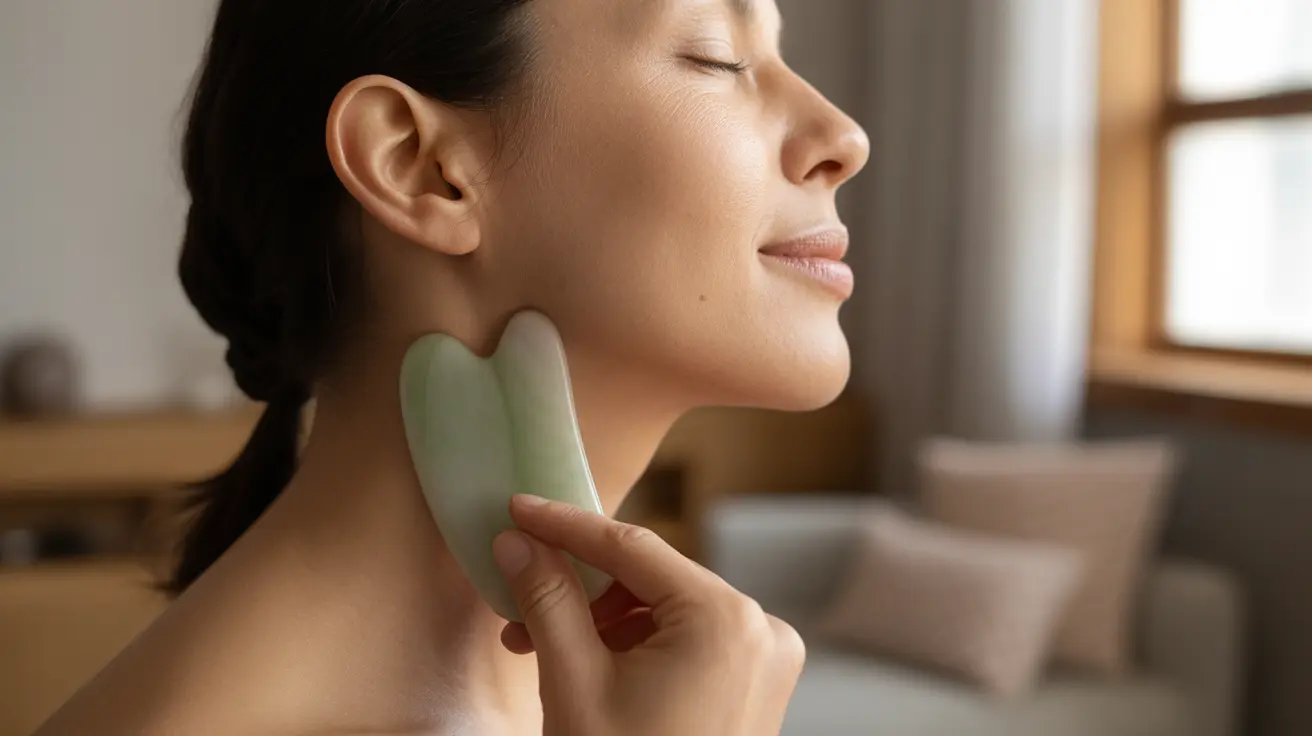Living with headaches can significantly impact your quality of life, leading many to seek natural and alternative treatment methods. One such technique gaining attention is gua sha, an ancient healing practice that involves gently scraping the skin to promote circulation and relieve tension. This traditional therapy has shown promise for various conditions, including headache management.
Understanding how gua sha works for headaches and learning to use it safely can provide you with an additional tool for pain relief. Let's explore the benefits, proper techniques, and important considerations when using gua sha for headache management.
Understanding Gua Sha and Its Benefits for Headache Relief
Gua sha is a traditional East Asian healing technique that involves using a smooth-edged tool to apply pressure and scrape the skin in long strokes. When used for headaches, this practice can help:
- Release muscle tension in the neck and shoulders
- Improve blood circulation to the head and face
- Reduce inflammation
- Promote lymphatic drainage
- Decrease stress levels
The technique works by creating microtrauma beneath the skin's surface, which triggers the body's natural healing response and can help alleviate headache symptoms.
How to Properly Use Gua Sha for Headaches
Preparation and Tool Selection
Before beginning a gua sha session for headache relief, ensure you have:
- A proper gua sha tool (jade, rose quartz, or ceramic)
- A facial oil or moisturizer for lubrication
- A clean, comfortable space
- 10-15 minutes of uninterrupted time
Technique and Application
Follow these steps for safe and effective headache relief:
- Apply facial oil to cleansed skin
- Start at the neck, using gentle upward strokes
- Move to the jawline and temples
- Work along the forehead and scalp
- Pay special attention to tender areas
Maintain gentle to moderate pressure, and stop if you experience any discomfort.
Best Practices and Safety Considerations
While gua sha can be beneficial for headache relief, it's essential to follow proper safety guidelines:
- Never use gua sha on broken skin or active acne
- Avoid the technique during acute migraines
- Start with gentle pressure and gradually increase as comfortable
- Stop immediately if you experience increased pain
- Consult a healthcare provider before starting, especially if you have chronic conditions
Integrating Gua Sha into Your Headache Management Routine
For optimal results, consider incorporating gua sha as part of a comprehensive headache management strategy. This might include:
- Regular stress management practices
- Proper hydration
- Adequate sleep
- Trigger avoidance
- Other complementary therapies as recommended by your healthcare provider
Frequently Asked Questions
How effective is gua sha for relieving migraine symptoms compared to other alternative therapies?
Gua sha can be as effective as other alternative therapies for some individuals, particularly for tension-type headaches. While research is still limited, many users report reduced frequency and intensity of headaches when using gua sha regularly alongside conventional treatments.
What are the potential risks or side effects of using gua sha for headache relief?
Common side effects include temporary redness, mild bruising, and skin sensitivity. More serious risks are rare but can include excessive bruising or skin irritation if performed too aggressively. It's important to use proper technique and pressure to minimize these risks.
Can gua sha be used as a standalone treatment for chronic headaches, or is it best used alongside other therapies?
While gua sha can provide relief, it's typically most effective when used as part of a comprehensive treatment approach. Combining it with other therapies, lifestyle changes, and medical treatment as recommended by your healthcare provider often yields the best results.
How do I safely use gua sha at home for headache relief?
Start with gentle pressure, use proper lubrication, and follow the natural contours of your face and neck. Always scrape in one direction, not back and forth, and maintain consistent, moderate pressure. Begin with shorter sessions and gradually increase duration as you become more comfortable with the technique.
What are the benefits of incorporating gua sha into a regular routine for stress reduction and overall well-being?
Regular gua sha practice can help reduce stress, improve sleep quality, enhance circulation, and promote relaxation. These benefits often contribute to fewer tension headaches and better overall well-being when incorporated into a daily or weekly self-care routine.




